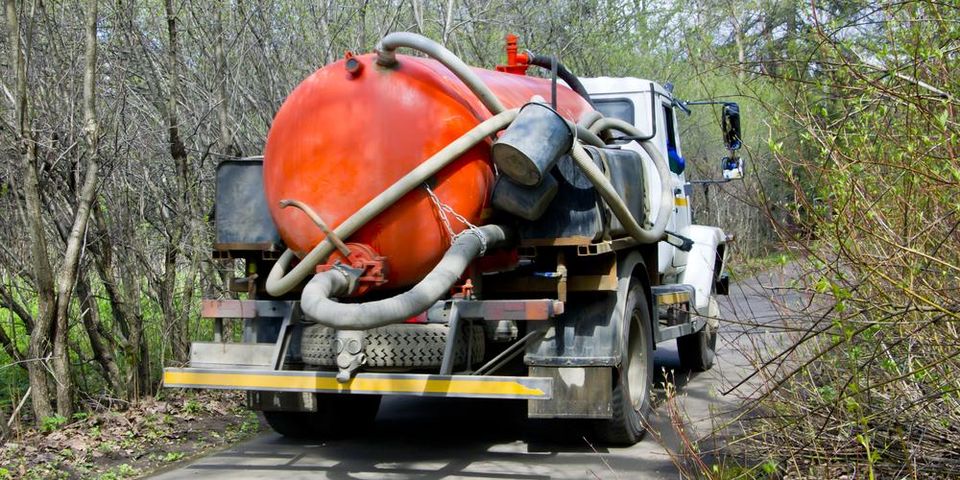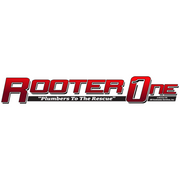
If your home or business's toilets and drains are located at a lower elevation than the septic system, it may be time to contact a plumber about lift station services. Lift stations are responsible for moving wastewater from low areas to higher elevations. They are used for both residential and commercial facilities and are essential to our health and the environment. Below, the seasoned plumbers at Rooter One in Port St. Lucie, FL, share some important information about lift stations and their functions.
About Lift Stations
What Is a Lift Station?
When the slope of a particular area of ground prevents the proper flow of wastewater, lift stations raise the sewage to higher levels and restore proper movement. A lift station consists of a wet well, where the pumps are located and the waste is discharged, as well as a panel which controls the operation.
Function of a Lift Station
 Sewage is stored in a pit until it reaches a certain level; at this point, a pump is activated, which transports the sewage out to its intended destination, located at a higher elevation. To prevent health risks to people and the environment, the lift stations are housed underground.
Sewage is stored in a pit until it reaches a certain level; at this point, a pump is activated, which transports the sewage out to its intended destination, located at a higher elevation. To prevent health risks to people and the environment, the lift stations are housed underground.
Maintenance & Longevity
Professional plumbers can perform routine maintenance on lift stations to ensure they function at optimal levels. The plumbers also inspect the pumps, the floats, and the electrical motor-controlled equipment to ensure they are performing properly.
With regular maintenance, a lift station can last at least 15 to 20 years. However, this also depends on the type of station. For example, steel lift stations are coated with industrial-quality paints to prevent corrosion, so they may have a longer lifespan.
For the premier plumbing company in Port St. Lucie, FL, turn to the team at Rooter One. The licensed plumbers also offer a wide range of additional services, from septic maintenance to emergency repair. Contact them today at (877) 500-0046 or visit the website for more information about their full list of services.
About the Business
Have a question? Ask the experts!
Send your question

